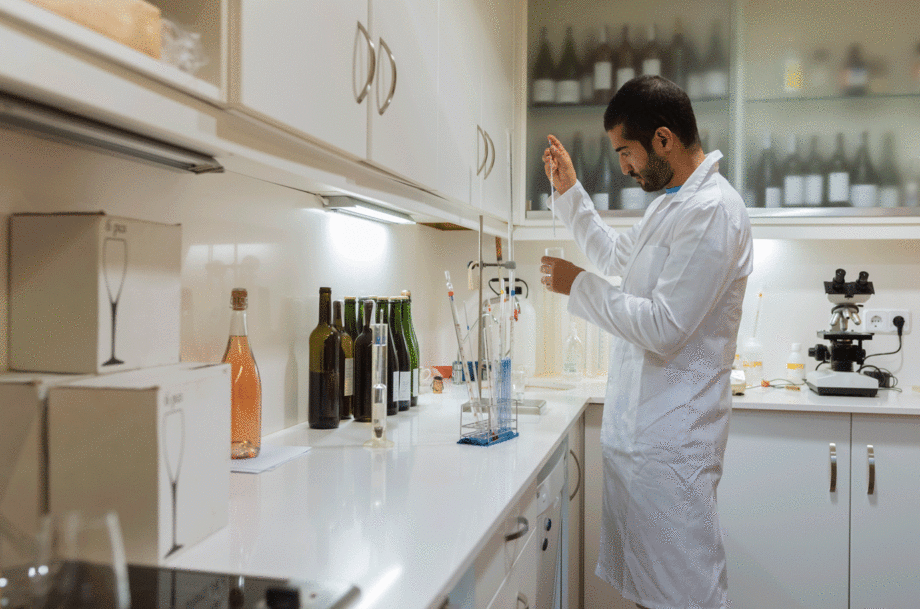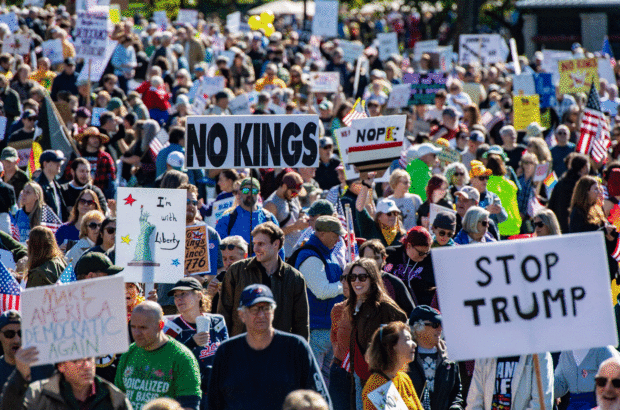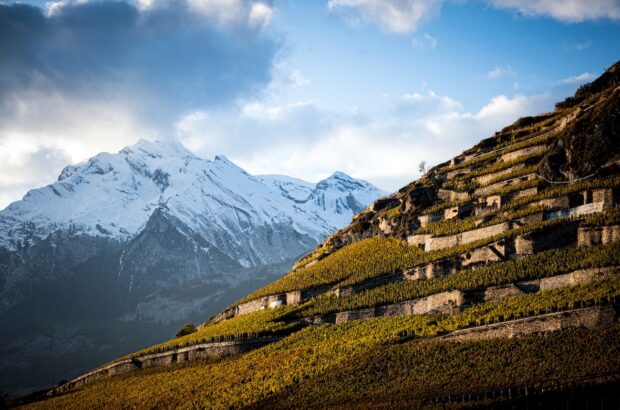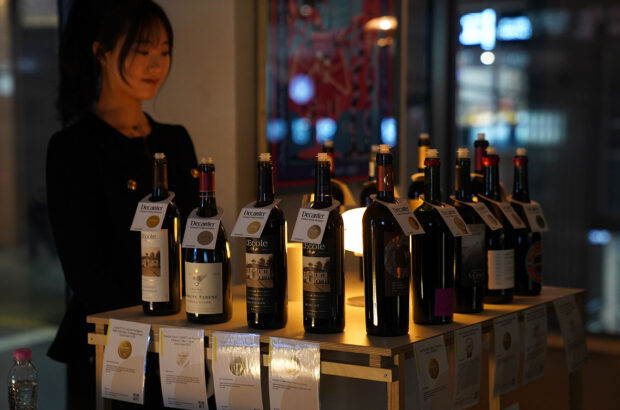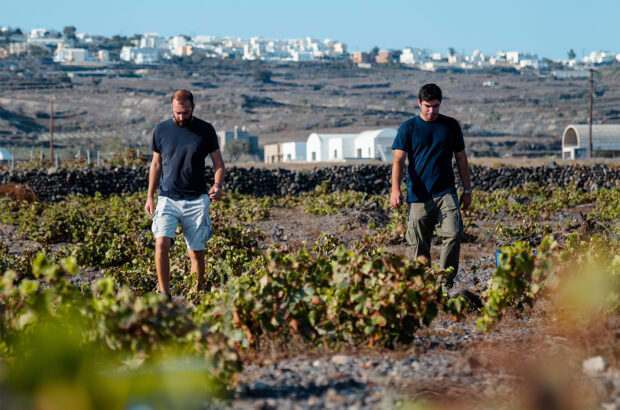To most drinkers, those alcohol by volume (abv) percentages on the wine label are just background noise – fine print that blends into the design. But what if that number isn’t exactly right? Could your 13.5% abv wine be closer to 15% abv?
That little number has more wiggle room than many realise. Thanks to federal regulations, various testing methods and shifting climate conditions, the abv listed on your favourite bottle may be more of an estimate than a guarantee.
Abv is the percentage of ethanol in each volume of liquid. A wine labelled 13.5% abv means that 13.5% of the liquid in that bottle is pure alcohol. The number influences more than just perception: higher-alcohol wines tend to have a fuller body and warmer mouthfeel, while lower-alcohol wines are typically lighter and more delicate. It also affects food pairing, ageing, and how quickly a sip might affect you.
But can you trust that number on the label? Mostly, but not exactly.
‘The alcohol number on labels must stay within the government’s guardrails,’ says Gordon Burns, co-founder and technical director of ETS Laboratories, one of the country’s leading wine testing labs. But there’s definitely room to manoeuvre.

Rose Ballentine of Revana. Credit: Alexander Rubin
The regulations give flexibility
In the US, wine labelling laws are regulated by the Alcohol and Tobacco Tax and Trade Bureau (TTB), which allows for a margin of error: wines at or below 14% abv can legally be off by plus or minus 1.5%, while wines above 14% abv can be off by 1% in either direction.
In the European Union, the margin is tighter – just 0.5%.
The ranges exist by design to account for natural variabilities in winemaking. Rose Ballantine, associate winemaker at Revana Estate, says: ‘The percentage range really exists because lab analyses aren’t perfect, and if they are off at all or fluctuate, you aren’t locked into a number and [you] have a little bit of a buffer.’
Leslie Renaud, director of winemaking at CMB Family of Wines, explains the variations. ‘We’re dealing with an agricultural product that changes from year to year. [The] flexibility allows us to work with the wine in its most authentic form, without over-processing just to hit a specific number.’
Lack of uniformity in testing methods
In addition to the latitude allowed in abv reporting, many wineries perform their testing in-house; there is no requirement to use an outside lab, and each tool used to measure alcohol content has its pros and cons in terms of precision. According to Burns, wineries have historically used hydrometers and ebulliometers. Hydrometers estimate alcohol content by measuring the sugar levels before and after fermentation, while ebulliometers calculate alcohol based on the boiling point of the wine.
Modern labs and larger wineries often employ gas chromatography, which separates and quantifies ethanol in a sealed sample, as well as infrared-based methods such as near-infrared technology (NIR) and Fourier transform infrared (FTIR) spectroscopy.
‘All of these methods can be accurate,’ Burns explains. ‘But precision – the ability to get the same result every time – depends on how well the process is implemented. A good lab should stay within ±0.1 %.’
The use of third-party labs can provide reassurance for wineries. ‘At CMB Family of Wines, we use both internal lab analysis and third-party verification to ensure our labelled abv is as close to actual as possible,’ Renaud shares.
Then again, Burns adds, ‘There’s no rule that says a winery has to use our number. But most want a number they can stand behind – and that’s why they use us.’

Jason Moulton of Napa’s Whitehall Lane. Credit: Bob McClenahan
Timing is everything
Even with precise equipment, variation can creep in depending on when and how the sample is taken. Winemakers can assess the sugar content before or after fermentation has occurred.
Post-fermentation measurements are more dependable, but blending and sampling can cause discrepancies. The number on the label may reflect a blend of different lots or tanks, each with slightly different readings. Often, wineries must submit labels before blending and bottling are complete, which means they may use the best available estimate within regulatory bounds.
Jason Moulton, director of winemaking at Whitehall Lane Winery in Napa Valley, says timing and blending matter more than many consumers realise. ‘We use an Anton Paar digital Alcolyzer to measure alcohol during fermentation, after fermentation, after blending, and again before bottling,’ Moulton says. ‘Ordering labels before bottling can be tricky – if you make a last-minute blend adjustment, the alcohol might shift. It’s rare, but it happens. As long as we’re within the allowed variance from the TTB, we feel we’ve honoured what’s truly in the bottle.’
Warmer temperatures & international variations
Warmer growing seasons are contributing to higher ripeness and higher sugar levels at harvest. ‘Alcohol levels have risen because people are harvesting riper grapes to achieve certain flavour profiles,’ says Burns. ‘That’s just a fact.’
This makes achieving the proper ripeness without excessively high alcohol levels challenging. Burns notes, ‘Some winemakers are picking earlier, aiming for lower alcohol. But with today’s growing conditions, that takes more effort. It’s not easy to keep abv in check.’
And to complicate things further, even the temperature standard used to measure alcohol can shift the number you see. The US measures in Fahrenheit, while elsewhere it’s Celsius, resulting in conversions with inherent margins of error.
Burns clarifies: ‘In the US, alcohol is still measured at 60°F, while the rest of the world uses 20°C (about 8 degrees warmer).’ That temperature difference can change the reported alcohol by up to 0.3%. ‘We show both numbers, but we’ve been encouraging the US to switch to the international standard for years.’
The takeaway
The abv on a label reflects more than just alcohol strength. It captures a mix of temperature, scientific limitations, regulatory allowances and winemaking decisions. As Ballantine of Revana notes, ‘We don’t necessarily talk often enough about what alcohol does to build body and weight in wines and what it does for the palate and balance of a wine – we just talk about it as booze, right? But if people were aware of winemakers using it as a tool to keep a wine in balance, they might think about it differently.’
Although there’s room for greater standardisation and transparency, this flexibility also gives winemakers the space to focus on balance and craftsmanship. So next time you glance at a wine label, remember it’s a guide, not a lab report. And for most wines – and drinkers – that’s more than enough.


